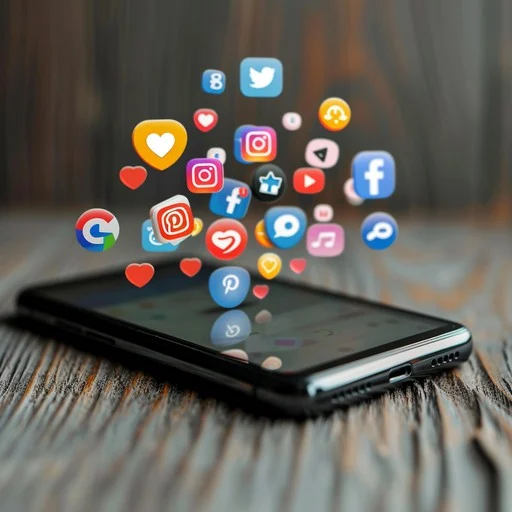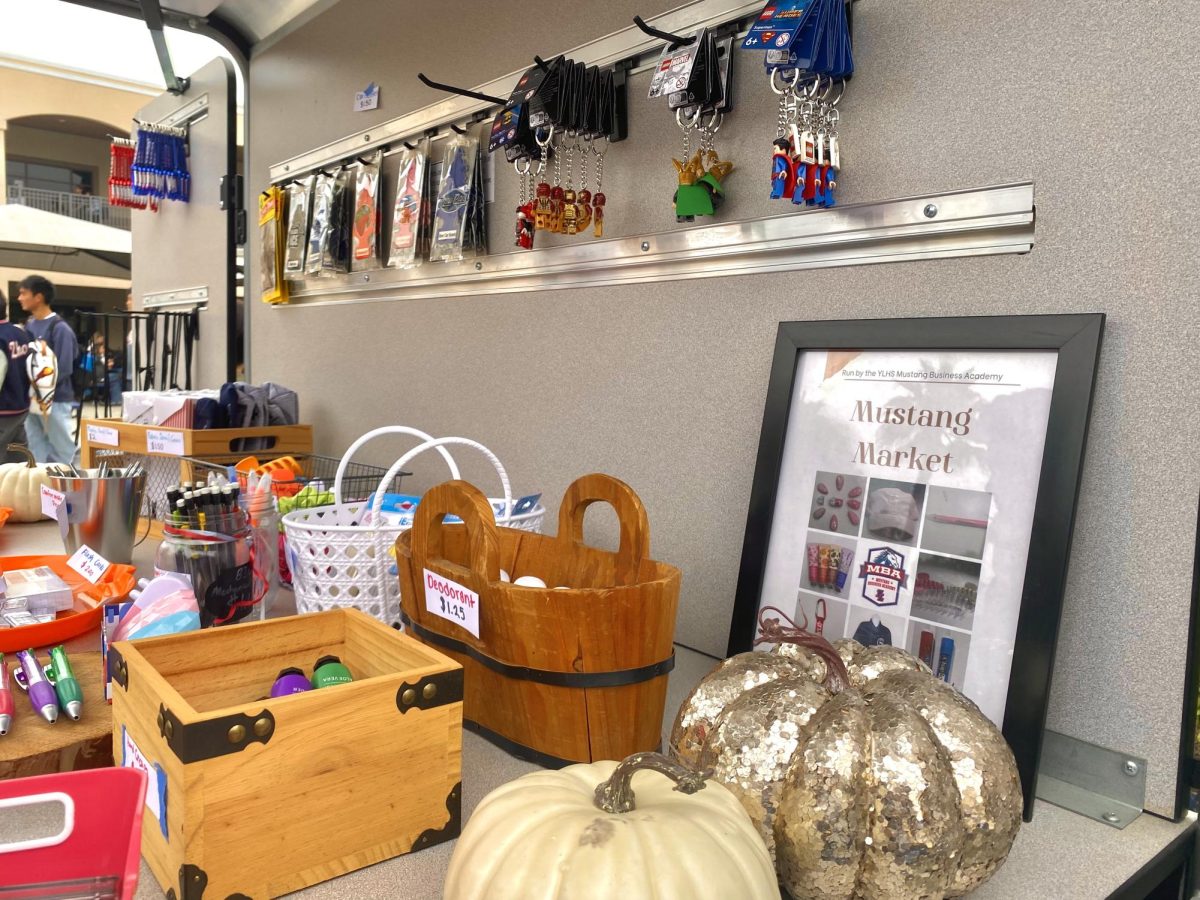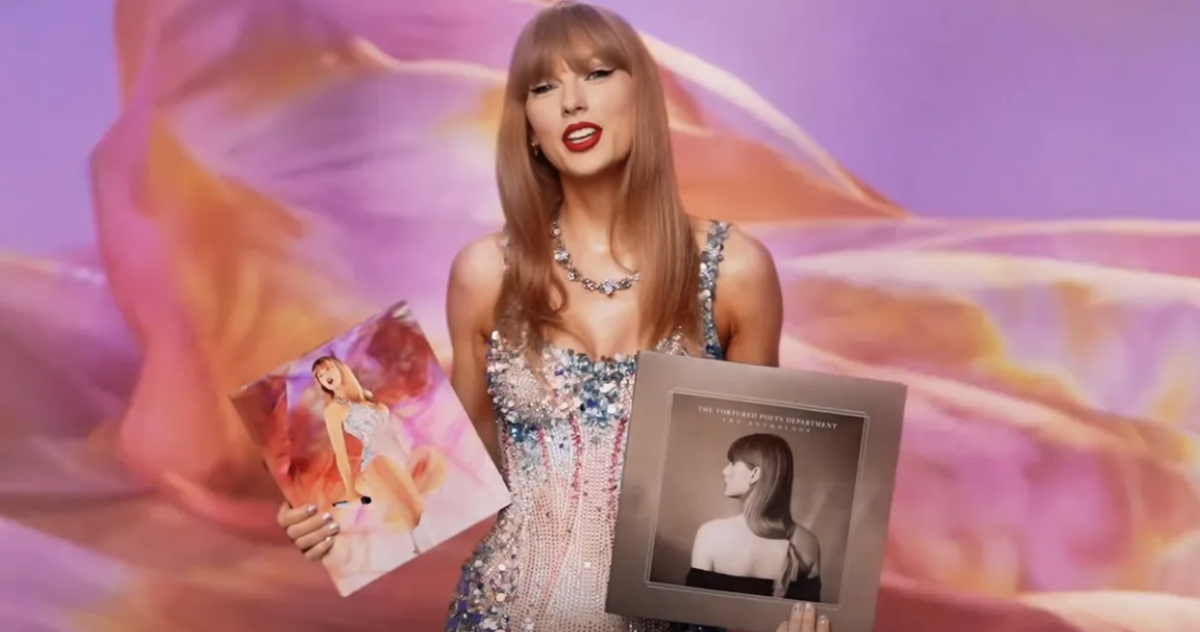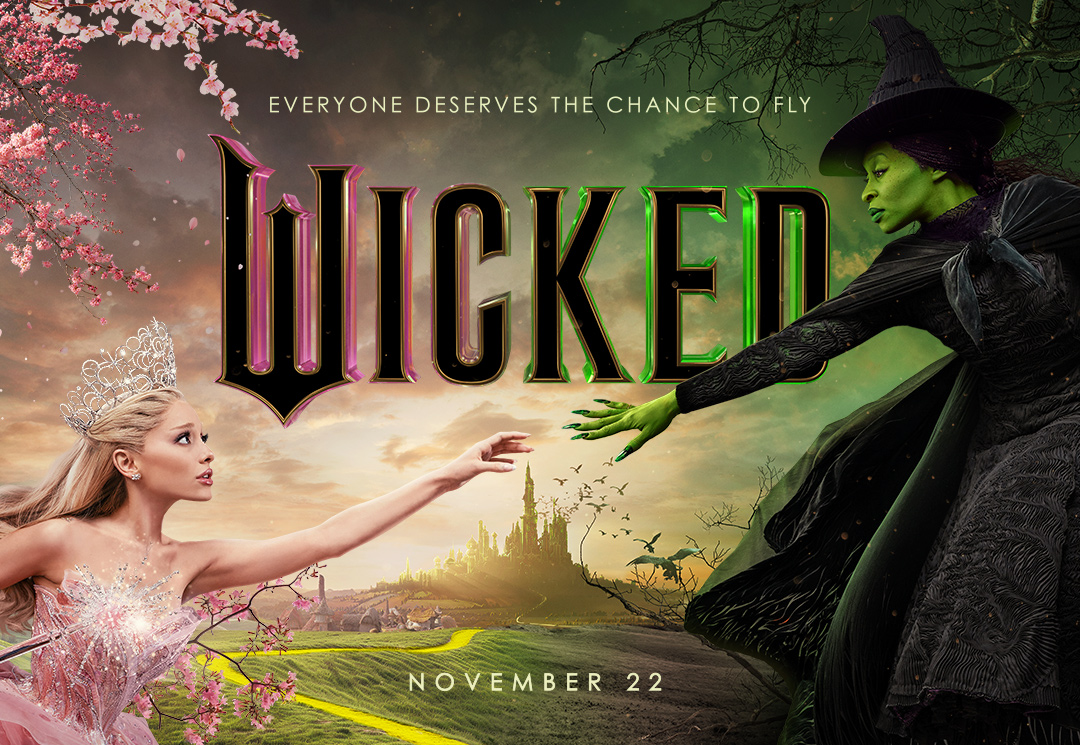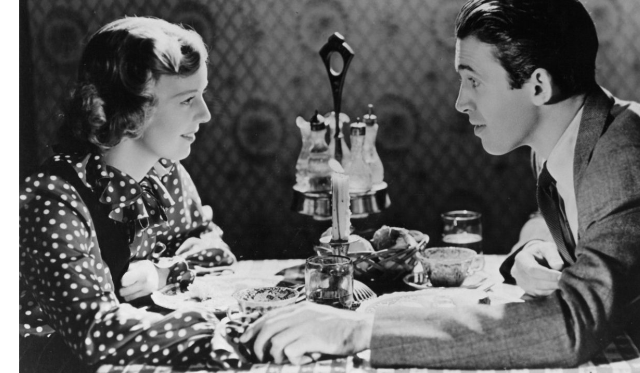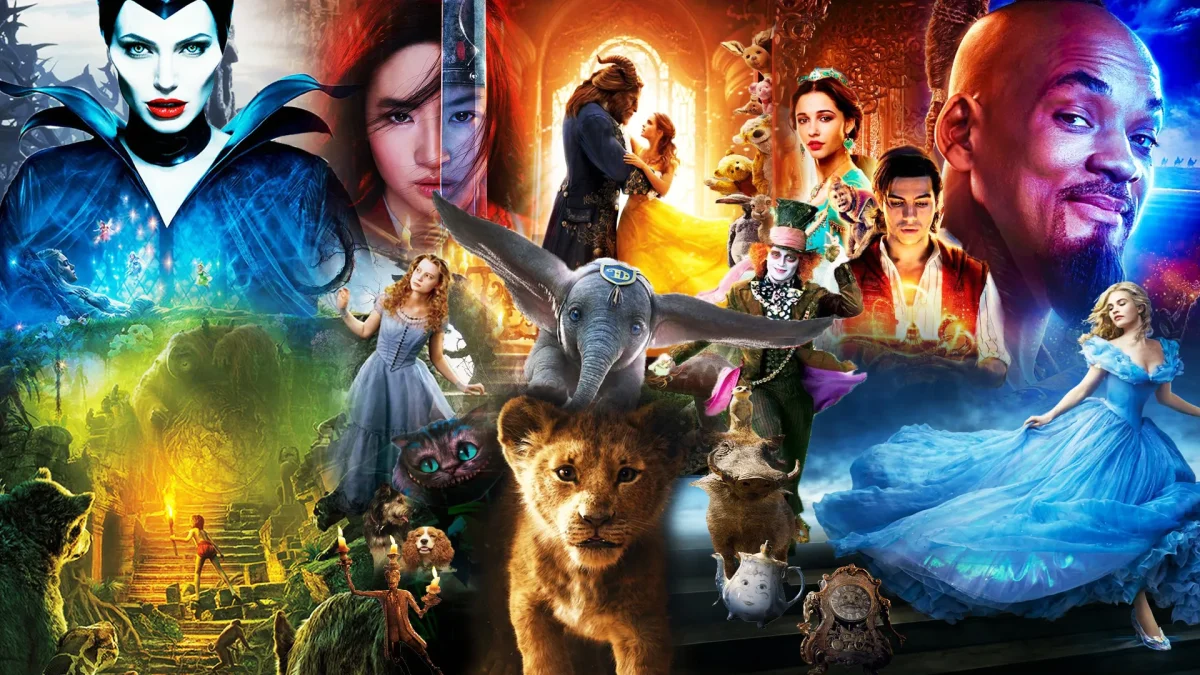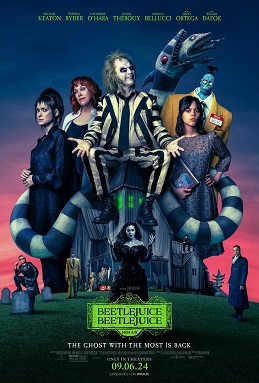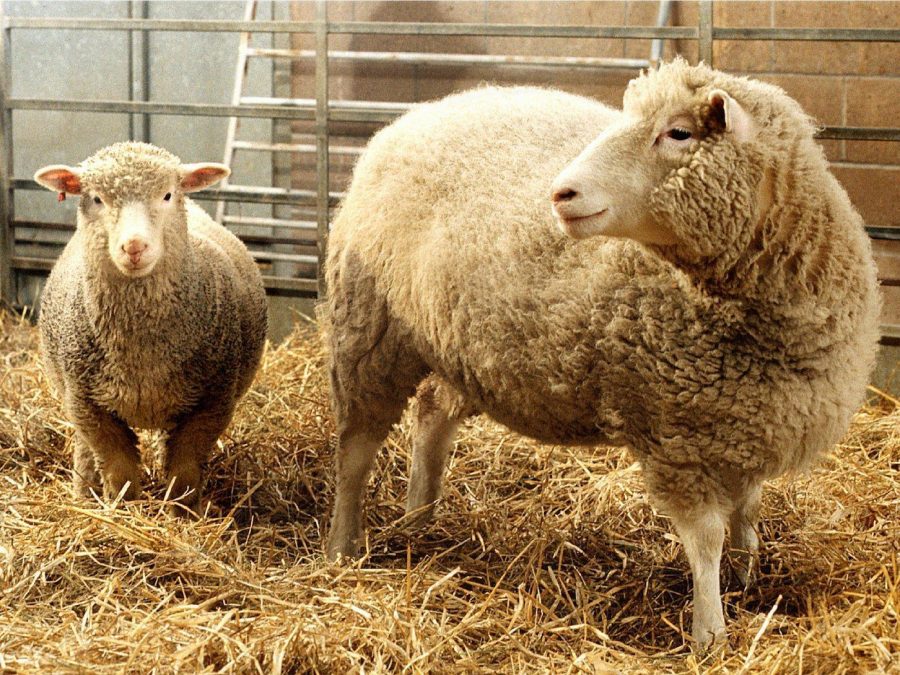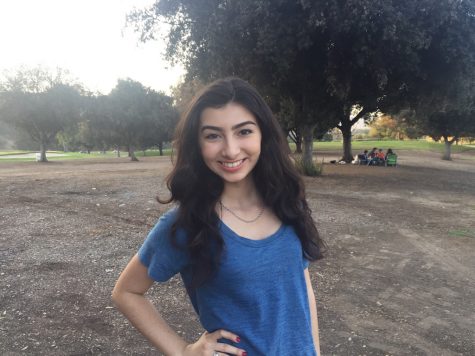Reality of Cloning in Science
March 8, 2017
Cloning seems like such a foreign idea, something you might hear of in a science fiction movie. However, those fictional movie scenes are no longer fiction, as scientists are actually finding safe, innovative ways to clone different animals.
How is animal cloning even possible? It all started twenty years ago, with the cloning of the sheep, Dolly. Dolly was the first mammal to be cloned from the cells of an adult animal. This revolutionary scientific success was conducted in Scotland, and scientists from around the world have studied Dolly to better understand the reality of cloning and the complex process behind it.
Sumesh Rawal (12) said “we learned about Dolly in our AP Biology class during the Genetics unit.” Surely, the idea of cloning is something so groundbreaking that it has already been written about in educational textbooks. The act of replicating an existing series of genes is something that scientists have been practicing for decades.
Today, scientists have even developed ways to replicate plants, making it easy to genetically engineer the exact plant that is desired. Why is this idea so significant? It makes people question what else cloning has the capacity to do. Perhaps in the future, it can be possible to save animals on the verge of extinction by cloning their genes and expanding the population size. A group of scientists in Spain actually were able to bring back an extinct wild goat, the Pyrenean, from extinction. This idea is further interesting to students in the field of science because it raises the question of wondering what the limits of cloning are.
The STEM majors have become particularly popular in the latest decade, as more and more students are attracted to the logical understanding of science. It takes bright mights and dedicated students to commit to the study of genetics, and science is rapidly expanding due to the discoveries made by young innovators. Doctors are now using cloned cells, tissues, and genes to better understand the nature of their patients’ conditions. With the growing interest around the idea of cloning, Medicine is also being revolutionized.
Those who are identical twins might be wondering, “What’s the big deal of having a genetic copy of yourself?” The big deal is that scientists have been able to manually create a designated copy. While many believe the idea of cloning is simply a disruption of nature, others believe that it has opened up a whole new spectrum of questions that the future generation of students will be focused on answering.


